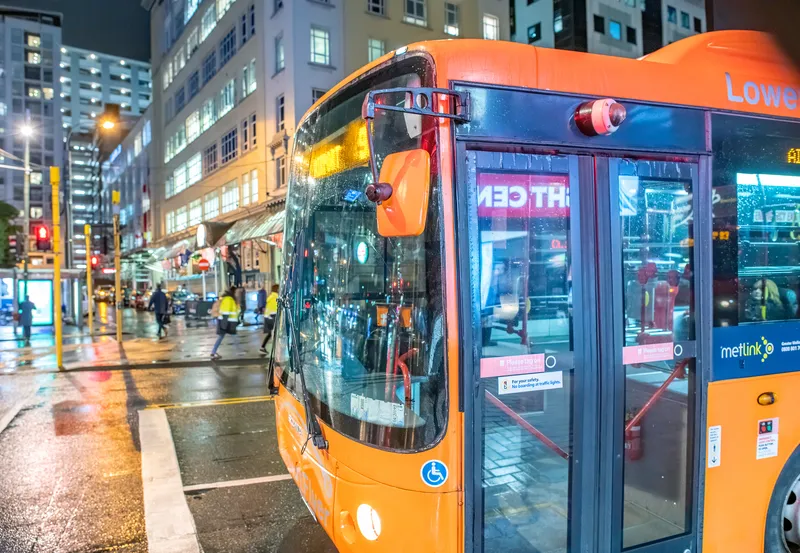
Videalert has achieved Approved Devices certification from Transport Scotland for the deployment of its hosted digital video platform to help enforce bus lanes use.
“Videalert’s hosted enforcement solution enables… a consistently higher level of performance and availability at a significantly lower cost than traditional systems,” said Tim Daniels, client development director at Videalert.
“Importantly, the flexible hosted platform makes it a quick and cost effective process to deploy CCTV enforcement as it does not require the installation of any IT at council offices.”
Videalert’s digital video platform supports multiple civil traffic enforcement, traffic management, community safety and low-emission zone applications from a single CCTV infrastructure.
It has an open architecture and can be integrated into any environment, the firm says.
The system is also used as a front end by many providers of back-office PCN (process control network) systems, according to the company.
“Our hosted video platform offers 99% uptime with increased productivity, which is generating significant interest from councils wanting to replace legacy systems and cost effectively extend enforcement to further improve compliance,” said Daniels.









